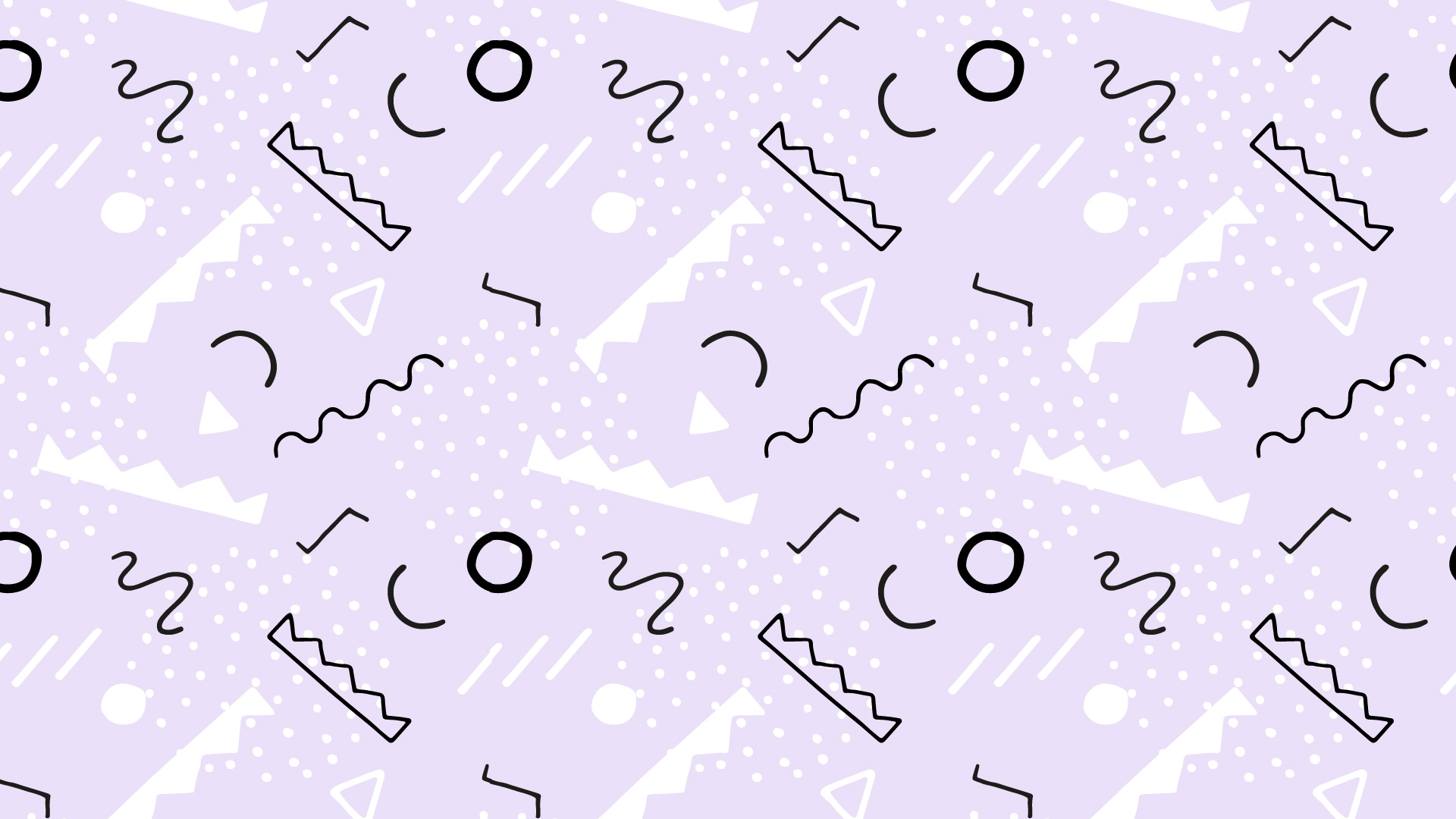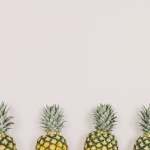
31 Mar Girl or Boy: Is It All in the Nub?
I took a good look at the research around gender prediction, asking myself questions I never thought I would, such as, does the angle of the nub reveal the sex of my baby?
We were counting down the days until our gender reveal, but that didn’t stop us (and everyone around us) taking guessing about what sex our baby was.
It’s a question you ponder from the day you find out you’re pregnant. I started imagining two alternate futures – one with a little girl with a mop of curly hair, and the other with a little boy, chasing after his dad.
There are many old wives’ tales out there:
- Chinese gender predictor: uses your age and month of conception to determine if you’re having a boy or girl. (For me it was a girl.)
- Ring gender test: dangle a wedding ring over your belly. If the ring swings in a strong circular motion, you are expecting a girl. If it moves in a to-and-fro motion like a pendulum, you’re expecting a boy. (For me it was a girl.)
- Food cravings: if you crave sweets, you’re having a girl, if you crave sour things, you’re having a boy. (I was too busy keeping the morning sickness at bay to take part in this one, but probably craved more sour than sweet.)
- Baking soda: add a tablespoon or so of baking soda to your urine sample. If it fizzes and bubbles a lot, you are having a boy. If there is no reaction, you are having a girl. (I never got around to this one.)
You can even purchase IntelliGender, a urine test that apparently tells you the sex of the baby after 10 weeks.
All these tests generally have a 50 per cent success rate (just like guessing!), so we didn’t run out and start buying pink.
Then I came across two other theories: the Ramzi Theory and the nub theory.
According to research conducted by Dr. Saad Ramzi Ismail, you can determine the sex of the baby from as early as six weeks gestation based on the position of the placenta.
Dr. Ramzi found that 97.2 per cent of the male fetuses had a placenta attached to the right side of the uterus, while 97.5 per cent of female fetuses were attached to the left side. For me it was on the left, but who knows if I was looking at the right thing.
The nub theory looks at the baby’s genital tubercule (or nub). With males, the nub usually creates an angle of greater than 30 degrees with the lower part of the spine. With females, the nub almost runs parallel to the lower part of the spine. Check out some pictures here.
Studies have been conducted in Brazil, London and Israel. Out of 1,619 pregnancies, the results were 68 per cent accurate at 11 weeks, the 98 per cent accurate at 14 weeks.
I was 12 weeks and two days along when I had a scan, and posted a picture straight away on the secret pregnancy group I was a part of on Facebook. Ninety per cent of the women guessed I was having a girl, while the other 10 percent told me it looked like the nub was on its way up (which is why this theory is more accurate at 14 weeks) and could actually be a boy.
The debate got me even more excited to find out exactly what our baby’s sex was and I only had a week to wait for our gender reveal get-together. In my head, I was still 100 per cent convinced we were having a girl – I thought this since day one and couldn’t shake it.
That is, until I got a call from my obstetrician that threw me into a tailspin. Obstetrician: “So have you got the results back from your harmony test?” Me: “Yes! They told me over the phone and I got the envelope in the post the other day.” Obstetrician: “So is it a boy?” *Silence* Me: “Um, ah we haven’t checked, we weren’t going to find out yet.” Obstetrician: “Oh, don’t worry, I don’t actually know, that’s just my guess.”
If my obstetrician thought it was a boy, he must have seen something on the scan I hadn’t. Suddenly my mind was torn in two and the agony of having to wait another week to find out set in. Dreams of pink and blue cake took over – it was all I could think about.
Chris and I actually don’t mind what sex the baby is, we just want them to be healthy, but that didn’t stop the guessing.
Words by Felicity Frankish



